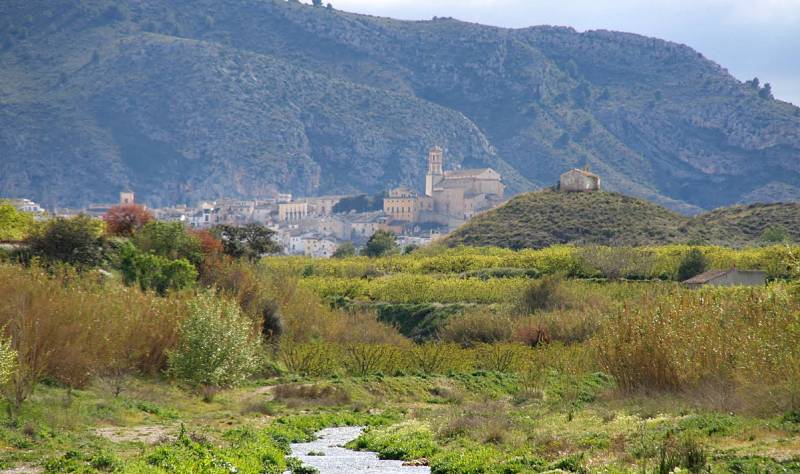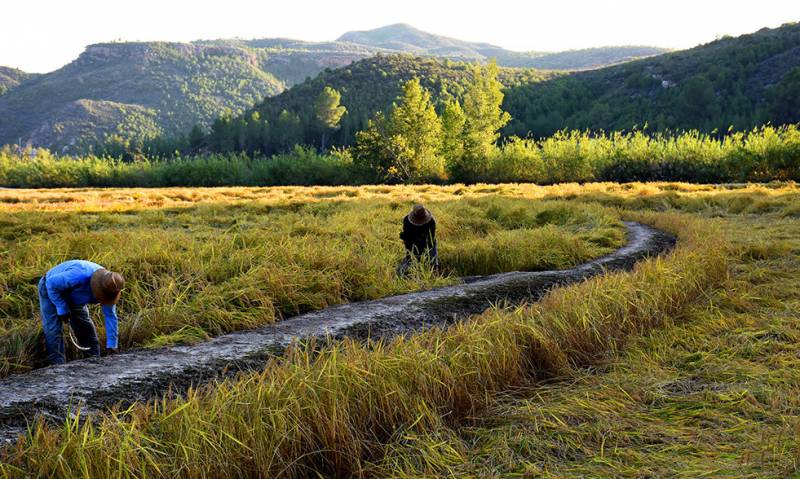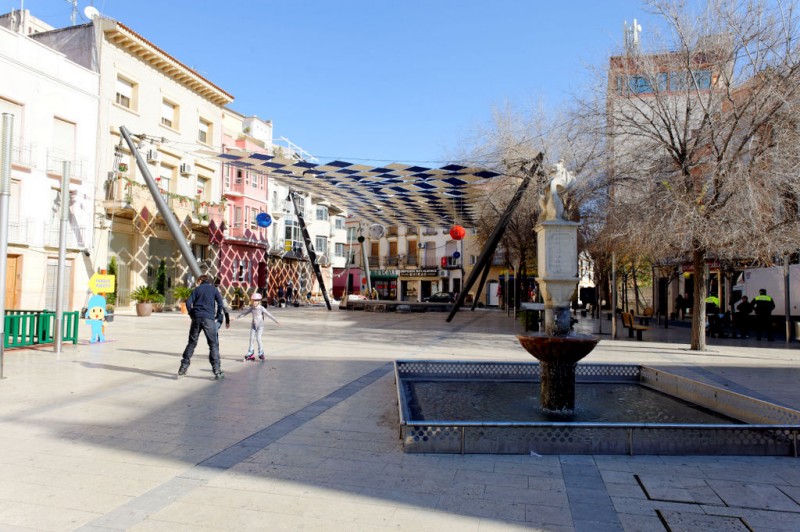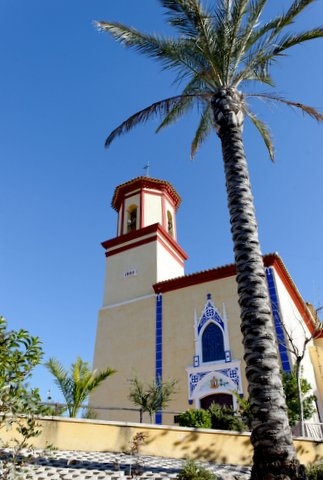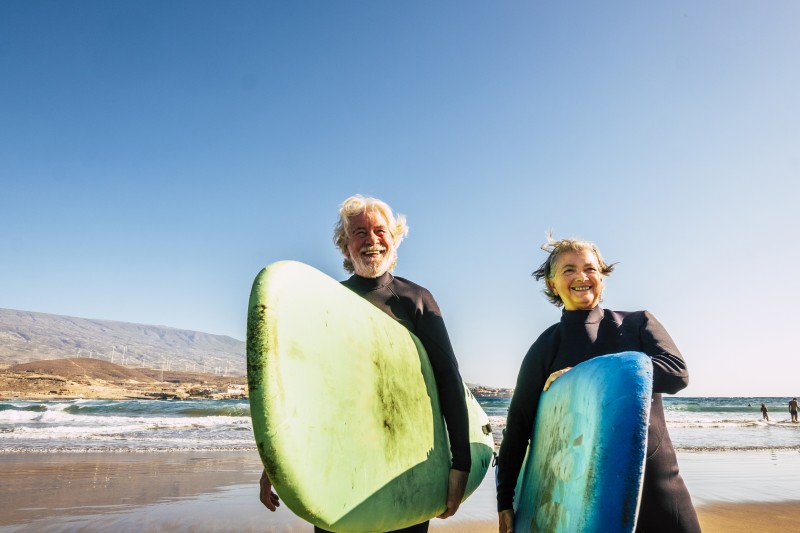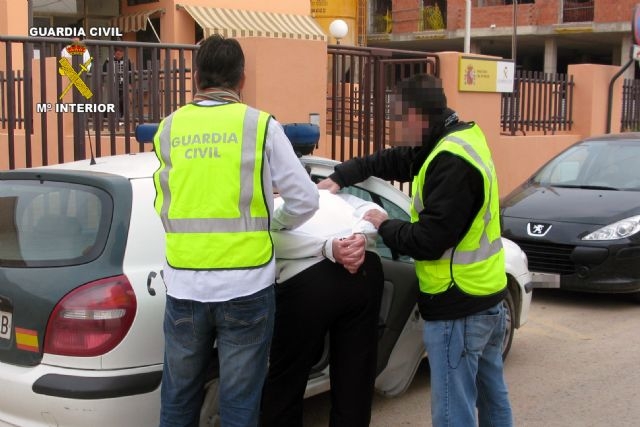- Region
- Águilas
- Alhama de Murcia
- Jumilla
- Lorca
- Los Alcázares
- Mazarrón
- San Javier
-
ALL AREAS & TOWNS
- AREAS
- SOUTH WEST
- MAR MENOR
- MURCIA CITY & CENTRAL
- NORTH & NORTH WEST
- TOWNS
- Abanilla
- Abarán
- Aguilas
- Alamillo
- Alcantarilla
- Aledo
- Alhama de Murcia
- Archena
- Balsicas
- Blanca
- Bolnuevo
- Bullas
- Cañadas del Romero
- Cabo de Palos
- Calasparra
- Camping Bolnuevo
- Campo De Ricote
- Camposol
- Canada De La Lena
- Caravaca de la Cruz
- Cartagena
- Cehegin
- Ceuti
- Cieza
- Condado de Alhama
- Corvera
- Costa Cálida
- Cuevas De Almanzora
- Cuevas de Reyllo
- El Carmoli
- El Mojon
- El Molino (Puerto Lumbreras)
- El Pareton / Cantareros
- El Raso
- El Valle Golf Resort
- Fortuna
- Fuente Alamo
- Hacienda del Alamo Golf Resort
- Hacienda Riquelme Golf Resort
- Isla Plana
- Islas Menores & Mar de Cristal
- Jumilla
- La Azohia
- La Charca
- La Manga Club
- La Manga del Mar Menor
- La Pinilla
- La Puebla
- La Torre
- La Torre Golf Resort
- La Unión
- Las Palas
- Las Ramblas
- Las Ramblas Golf
- Las Torres de Cotillas
- Leiva
- Librilla
- Lo Pagan
- Lo Santiago
- Lorca
- Lorquí
- Los Alcázares
- Los Balcones
- Los Belones
- Los Canovas
- Los Nietos
- Los Perez (Tallante)
- Los Urrutias
- Los Ventorrillos
- Mar De Cristal
- Mar Menor
- Mar Menor Golf Resort
- Mazarrón
- Mazarrón Country Club
- Molina de Segura
- Moratalla
- Mula
- Murcia City
- Murcia Property
- Pareton
- Peraleja Golf Resort
- Perin
- Pilar de la Horadada
- Pinar de Campoverde
- Pinoso
- Playa Honda
- Playa Honda / Playa Paraíso
- Pliego
- Portmán
- Pozo Estrecho
- Puerto de Mazarrón
- Puerto Lumbreras
- Puntas De Calnegre
- Region of Murcia
- Ricote
- Roda Golf Resort
- Roldan
- Roldan and Lo Ferro
- San Javier
- San Pedro del Pinatar
- Santiago de la Ribera
- Sierra Espuña
- Sucina
- Tallante
- Terrazas de la Torre Golf Resort
- Torre Pacheco
- Totana
- What's On Weekly Bulletin
- Yecla


- EDITIONS:
 Spanish News Today
Spanish News Today
 Alicante Today
Alicante Today
 Andalucia Today
Andalucia Today
article_detail
The Order of San Juan de Jerusalén in Murcia
The Order of Saint John the Hospitaller in the Region of Murcia 1244-1851
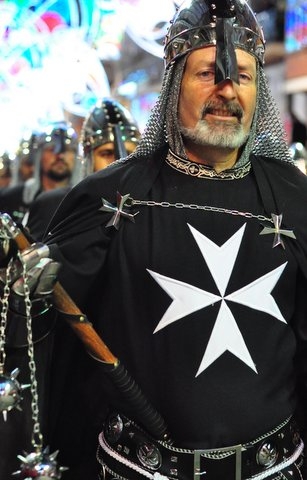 The Orden de San Juan de Jerusalén is a religious order of knights known in English as the Knights of the Order of Saint John the Hospitaller, which grew from a brotherhood in Jerusalem where pilgrims travelling to the Holy Land were cared for when they fell sick.
The Orden de San Juan de Jerusalén is a religious order of knights known in English as the Knights of the Order of Saint John the Hospitaller, which grew from a brotherhood in Jerusalem where pilgrims travelling to the Holy Land were cared for when they fell sick.
The knights of the Order were driven by a mission to support and help those less fortunate than themselves and followed the same oaths as the monks in the brotherhood, of poverty, chastity and obedience as well as vowing to protect pilgrims.
In 600 AD the first hospital was built in the Holy Land but in 1005 Jerusalem fell and 3,000 Christians were massacred. In 1023 merchants from Amalfi were given permission to rebuild the hospital and the Order was officially founded by the "Blessed Gerard" in 1113, not long after the First Crusade in 1100: at that point it had been named after St John the Baptist. Gerard went on to acquire lands and revenues for the Order throughout Europe and was succeeded by Raymond du Puy de Provence, who built a new hospital.
The order grew in size and importance and when Jerusalem fell again in 1187 they took refuge first in Acre and then in Cyprus. The Pope granted them right to elect their own superiors without interference from other religious authorities, and the Hospital became a religious order exempt from rulings of the Church.
Their emblem, an eight-pointed white cross, was chosen in homage to the eight Beatitudes, and in the statutes of the Order it was established that these warrior-monks were to be of noble stock and robust build and would be sworn to poverty, chastity and obedience. The Knights took on the defence of the sick, of pilgrims and of territories which had been reconquered from the Muslims, against whom they fought to protect Christians.
As their power extended they built substantial fortifications throughout the Holy Land, and at the height of the Kingdom of Jerusalem the order held seven large forts and 140 estates.
By the end of the late 12th century the Order was gaining substantial power and influence in Europe, and when the Knights Templar were dissolved 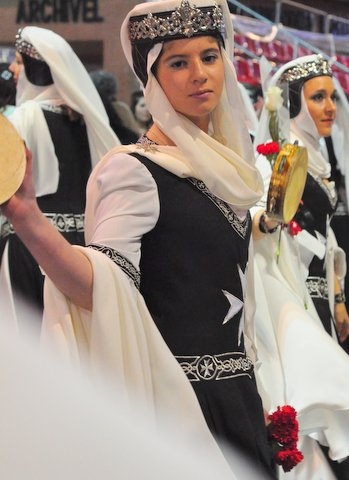 in 1312, much of their property ended up in the hands of the Order of Saint John, as did many of the knights who survived the destruction of the Templars.
in 1312, much of their property ended up in the hands of the Order of Saint John, as did many of the knights who survived the destruction of the Templars.
Their vast European holdings were organised administratively into "tongues" in the kingdoms of Castilla, Aragón, Auvergne, England, France, Germany, Italy and Provence.
The Order of San Juan in Murcia
This is the time when the Order arrived in Murcia, acompanying the Christian forces of Castilla as they instigated the Reconquista and took Murcia from the Moors in 1243 (see History of Murcia).
Their role as part of the Reconquista was not to wage war – that fell to the Knights Templar and the Order of Santiago – but to colonise and repopulate the territory which had been re-conquered from the Moors.
The Order’s presence in Murcia dates from 1244, when they were given Archena, and in 1248 they were given the church of San Juan and various properties in the huerta of Murcia, near what is now the regional capital.
In 1289 they added Calasparra to their list of holdings.
At that time, the "villa" of Calasparra was practically deserted, as it had previously been inhabited by the Moors, many of who whom were expelled following riots against the new Castilian rulers (see History of Calasparra), so their income in the area was negligible in the 13th and 14th centuries. But by 1412 they had managed to attract 50 families to the area and there was sufficient wealth for the Order to receive various local taxes and make a profit from the oven and the mill.
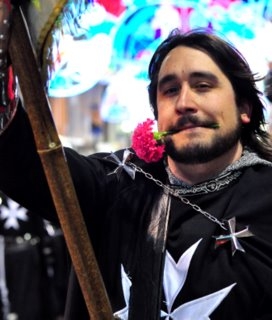 The Commander at this time was Gonzalo de Saavedra, and despite the fact that he lived in Murcia after 1409 he was able to mete out justice and control the local economy, politics and religious affairs until at least 1445. By 1530 there were as many as 224 families residing in Calasparra, although most of them were poor.
The Commander at this time was Gonzalo de Saavedra, and despite the fact that he lived in Murcia after 1409 he was able to mete out justice and control the local economy, politics and religious affairs until at least 1445. By 1530 there were as many as 224 families residing in Calasparra, although most of them were poor.
The Encomienda building was used as a prison and later as a grain deposit (nowadays it houses the town's municipal museum), and eventually the Order retained control of Calasparra for nearly 600 years.
In 1291 Commander Fernán Pérez obtained a house, an inn and the crown of Abenazarcen in Murcia, and as time passed the Order controlled more and more land. By the middle of the 15th century they had bought 300 tahullas (about 33 hectares) of irrigated farmland in the countryside from Fernán Núñez, who was Master of the Cups to King Sancho IV, and exchanged some of their land in Sigüenza for other properties in Murcia. All of the land they acquired in or near the city of Murcia was administered from their headquarters in Calasparra.
As mentioned above, the first property acquired by the Order in the Kingdom of Murcia was Archena, which Alfonso X awarded to them when he was in Lorca on 15th June 1244. In spite of the mandatory conversion in 1501, in 1515 the Commander of the Order, García Bermúdez, continued to receive the same taxes from the town’s population as he had done previously, and as a result the Order was taken to court in order to free the inhabitants of this burden.
In 1579 there were about 100 people living in the town and the monks owned the flour mill, the bread oven, the church, the inn, the public baths and various farms and plots of land. At this time Archena was a dependency of Calasparra.
During the 17th century the properties of the Order increased even further, to the point where they included a large part of La Algaida, 20 tahullas in Los Baños and various hectares in the huerta and the non-irrigated farming land. They owned not only the flour mill but also a rice mill, and by 1818 the Order’s wealth was estimated to amount to over 286,000 reales.
Between 1836 and 1841, though, the Order was forced to relinquish its control of Calasparra as change swept through Spain, which then came under the government of powerful local families.
Although the order underwent many changes and metamorphosis during its existence, it is still in existence today albeit in a totally different form.
NB Images are from the Moors and Christians celebrations in nearby Caravaca de la Cruz, held each year as part of the Fiestas of the Vera Cruz at the beginning of May. Whilst these are highly idealised, they are very enjoyable to visit, and the costumes are beautiful.
article_detail
Contact Murcia Today: Editorial 000 000 000 /
Office 000 000 000


